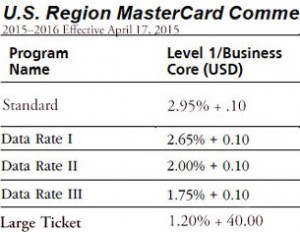The shift to US EMV chip card acceptance in 2015 changed everything changed. All the improvements made to reduce credit card processing fees, mitigate risk and more, went right out the window due to varying certifications. Things you take for granted are likely no longer true, but nobody will tell you about them.
- Level III processing. This enables dealers to qualify for lower interchange rates on applicable cards, with significant savings. Desktop terminals can’t support it, so dealers moved to payment gateway based solutions, typically paired with a basic swiper. Payment gateways with completed certification of US EMV terminals to various acquirers typically have not certified level III processing for retail.
- Chip and Pin. Whoever supports the highest level of security wins in the case of a fraudulent chip transaction; if the merchant supports chip, but not pin, and the issuer supports both, the merchant loses. Payment gateways with completed certification of US EMV terminals to various acquirers often have not certified chip and pin.
- OMNICHANNEL PAYMENT ACCEPTANCE – There are three types of merchant accounts: retail, MOTO (mail order, telephone order) and ecommerce, and there are multiple types of transactions including retail sale, recurring etc. Every transaction must sent the correct information, which impacts interchange rate qualification, depending on the card type, and applicable rules for dispute resolution (risk mitigation). Typically a dealer has had a retail and a MOTO merchant account for each location, and possibly a third for ecommerce.


